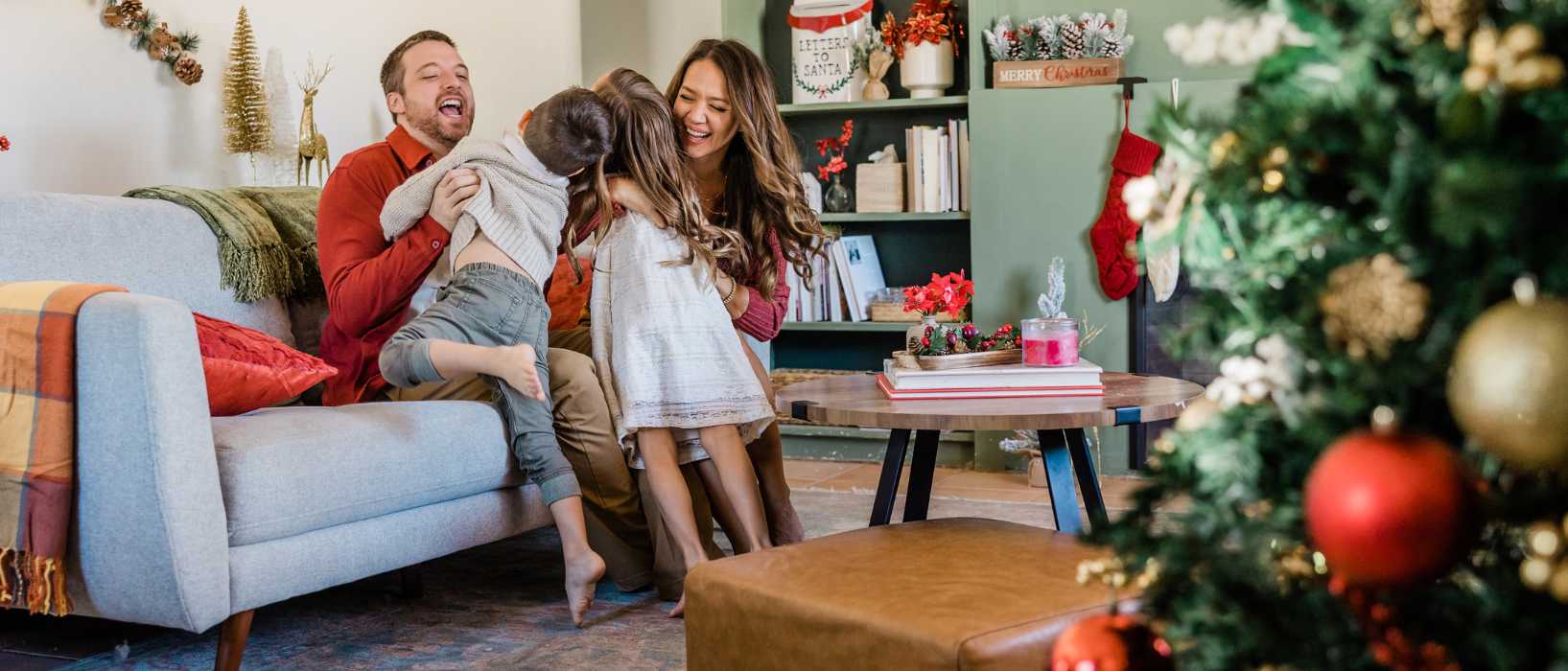
Dreaming of a Green Christmas
It’s Friday and there are just over three weeks left until Christmas day!
Unless you are ahead of the game, it’s probably about the time you start to think about decorations, wrapping gifts and planning meals.
Whether you celebrate or not, the festive season is a time for family, friends, and lots and lots of consumption!
With increased consumption comes increased waste and increased footprints, but as with all our tips, Play It Green tries to show you some small changes you can make, that over time, make your journey of sustainability impactful and planet-changing.
So without further ado, here is our look at having a Green Christmas.

When did Christmas become so commercial?
Christmas was once a celebration for Christians that was a more sombre and purely religious affair.
The commercialised Christmas that we all know is a much more modern affair.
Dr. Ruth McClelland-Nugent, a pop culture scholar in the United States said “In the U.S., it really became popular through a commercial process. The popularization of Christmas in the United States begins with advertising.”
McClelland-Nugent identifies two periods in American history as pivotal in developing the modern Christmas holiday.
When Christmas arrived in the Northeast of America, with its major cultural hubs like New York and Boston, in the 1840s, it started to become a commercially associated festival geared at children.
The concept of Christmas as a holiday centred on children and a time to give gifts to others was first popularised by German immigrants and imports.
“Making it this children-centered Christmas with presents is of course a great marketing opportunity,” McClelland-Nugent said.
Things changed again in the early 1900s when mass advertising and mass production changed Christmas forever.
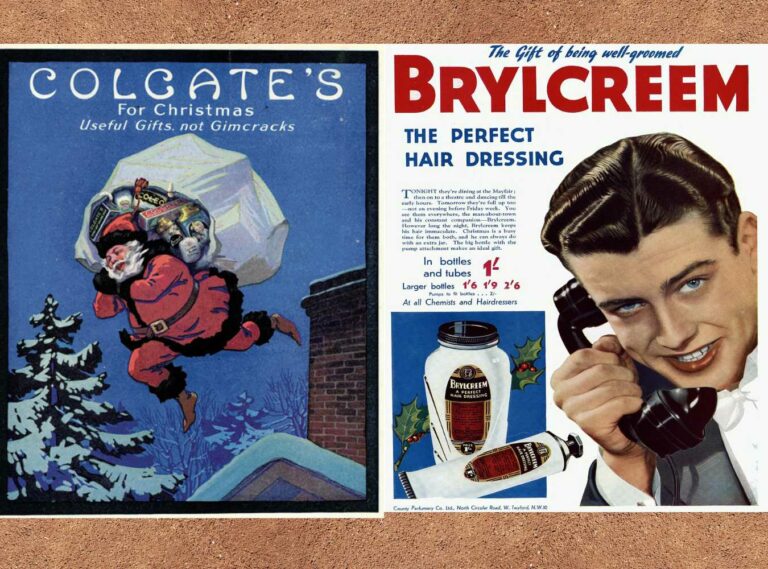
“We get the first mass advertising in the 1920s and ’30s with professionals who are using some of the new psychological theories about advertising to drive these very sophisticated campaigns,” said McClelland-Nugent.
“They were marketing a Christmas experience in which your children will love you and your family will be happy together. All you need to do is buy their stuff.”
Fast forward to today and Christmas is a somewhat secular commercial phenomenon used by brands to sell their products and with any push in consumption, there is an associated environmental impact.
The Environmental Impact of Christmas
It’s difficult to pinpoint exactly which aspect of Christmas is the most wasteful; in actuality, it covers all of the main waste-related pain points that we face.
At Christmas, huge amounts of unwanted gifts, used cards, food waste, and discarded plastic and paper wrapping all wind up in landfills.
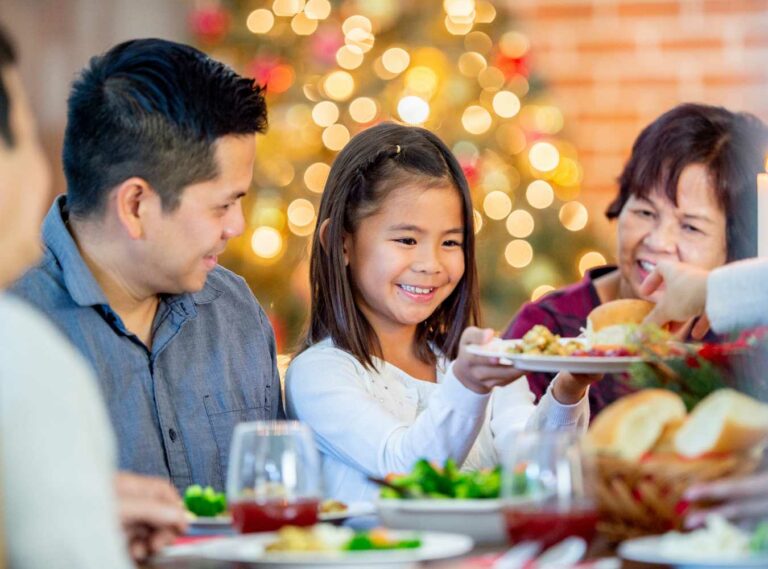
Over the Christmas season, more than 100 million rubbish bags are dumped in landfills, according to Biffa.
Additionally, during the holiday season, extra waste from packaging, wrapping paper, cards, and food rises by 25 to 30% globally.
When it comes to food waste, around 7 million tonnes of food is thrown away at a cost waste of £64 million.
According to GWP Group, in the UK this translates to 2 million turkeys, 5 million Christmas puddings and as many as 74 million mince pies!
During the holiday season, the UK uses 300,000 tonnes of card—enough to cover Big Ben 260,000 times.
Packaging made of plastic weighs 114,000 tonnes, or 650,000 reindeer, and ends up thrown into landfills.
Every Christmas, a typical UK household like yours produces more than three black bags of packaging.
Unwanted presents, fake Christmas trees, plastic decorations, glitter and Christmas cards all add to the things heading to landfills and increasing your footprint.
How To Lower Your Festive Footprint
There is so much to look at when it comes to making the festive season more sustainable but to make things much easier for you, we will break it down into four main categories.
Those categories are gifts and cards, trees, food and decorations.
Gifts & Cards
When it comes to gifts, try and buy preloved – you can save money, lower your footprint and get some amazing bargains.
Have a look at sites like eBay and Vinted for gift ideas.
When wrapping your gifts, try using wrapping paper that is recyclable or biodegradable and is created entirely of recycled resources.
This will prevent unpleasant plastics from sitting in landfills for hundreds of years.
How about gift bags made from plastic-free recycled material that can be reused and do away with wrapping waste entirely.
For your cards, there are plenty of sustainable choices, but in general look for cards made from recycled materials, you can even buy plantable cards that grow into flowers.

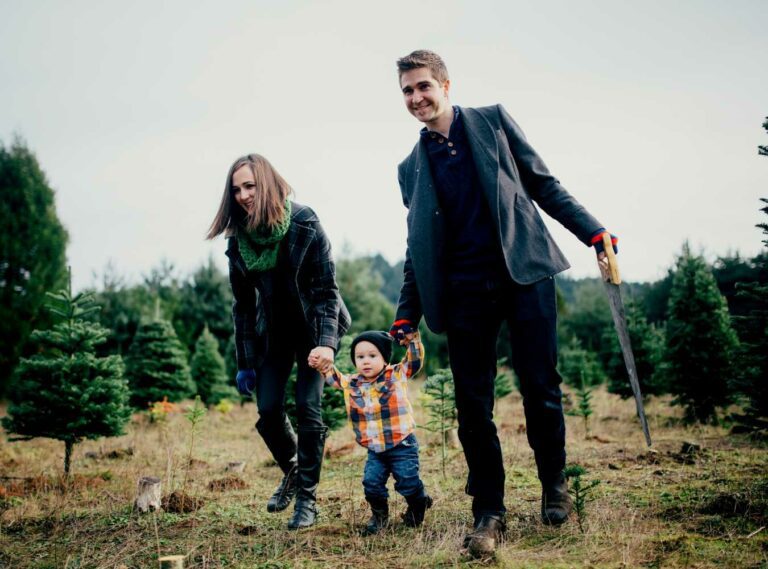
Christmas Trees
Artificial Christmas trees are made of non-recyclable plastic and will end up in landfill.
They are primarily produced in China before being transported elsewhere and therefore have a big transportation footprint.
The Soil Association believes that since genuine trees take 10 to 12 years to mature, they are better for the environment.
The tree absorbs carbon from the atmosphere as it grows and offers a habitat for wildlife.
Real trees are typically produced in the UK, as opposed to fake trees, thus they should have a much lower transport carbon footprint.
The Woodland Trust adds that growers commonly replant up to 10 trees for everyone that is felled.
You can also buy a real tree in a pot if you get one with the root ball attached, this means that after Christmas you can put it outside.
This way you can use it every year, massively reducing your footprint and reusing something adds memories and meaning to it.
Food
The problem of food waste is not just an issue at Christmas, it is a year round issue, but the problem is highlighted during the festive period due to the huge levels that consumption increases.
Did you know, food waste has more of an impact on the climate than single-use plastic does?
To reduce the impact of your festive food, try switching out one of the meals for a plant-based option.
It’s good for the planet, good for your health and as more and more people try this option, the choices get better and better each year.
The BBC Good Food Guide has some excellent vegetarian Christmas recipes that make having a meat free festive meal much more enticing.
If you don’t want to start from scratch, shops like Marks and Spencer are selling a great selection of vegetarian and vegan ready-made Christmas meals
You can also put leftovers in the fridge, and make other meals from them and if you must throw food away, make sure to put it in the composting bin if you have one or in the food waste recycling bin.
When food ends up in a landfill, it breaks down and produces methane gas which is even worse than CO2 for climate change.
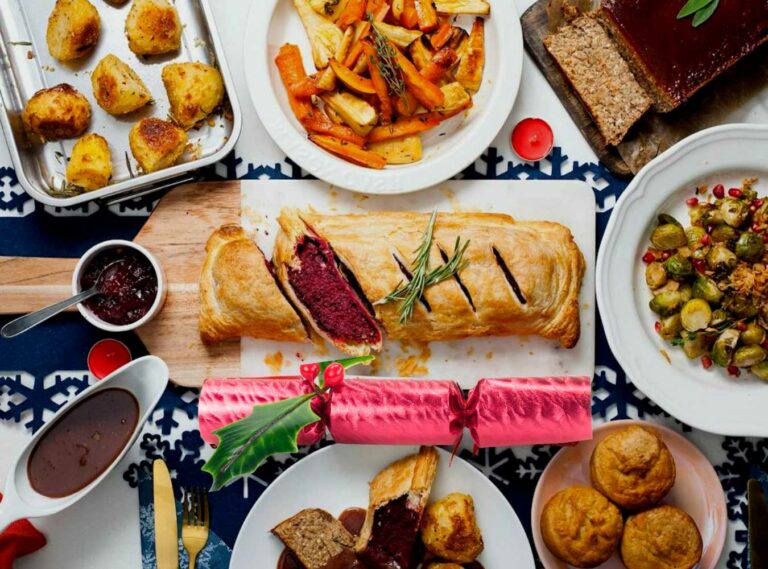
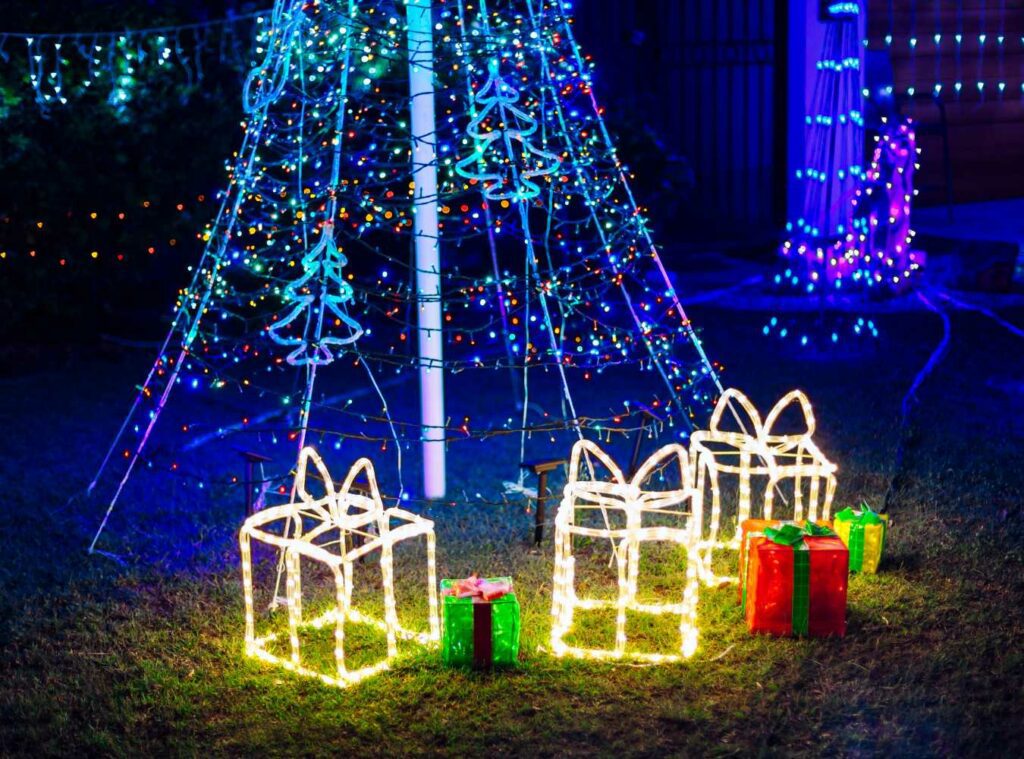
Decorations
Although using the decorations we already own is the most environmentally friendly option, if your collection of decorations needs some updating, try to avoid glitter and plastic and get the same effect with glass.
Baubles made of wood and paper can give an earthy and Nordic feel to your tree for a more classic and Scandinavian design.
There are plenty of sustainable suppliers – have a look at Social Supermarket (10% discount with mailing list sign up), Protect The Planet (10% discount with mailing list sign up) or
Christmas lights also increase your footprint through energy consumption and the plastic they are made from.
If including lights—whether on your house or tree—is unavoidable, make sure they are LED-powered since they consume 90% less energy than incandescent bulbs.
Better still, use renewable energy and run your outdoor light show on solar power – have a look at The Solar Centre (10% discount with mailing list sign up).
That’s it for this week – it’s a lot to digest, but if you only take one or two takeaways from the article and change one thing, you have taken another step.
Each step you take is also taken by others in the Play It Green community and as we grow so will our collective impact to create change.
You can also increase your impact by sharing what you learned from this week’s article with your family or friends.




